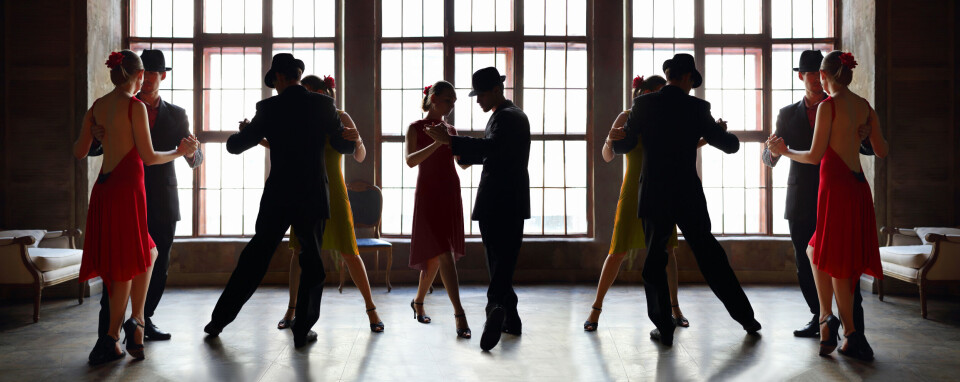-
France considers linking health reimbursements to income to curb deficit
State auditors urge reform as government faces €15.3bn shortfall in 2024
-
QR code to replace paper instructions for 100 medicines in France in new trial
Paracetamol and cholesterol medication to be included in scheme that launches this autumn
-
What to do if your local pharmacy in France is out of stock of your medicine
Pharmacies may be able to direct you to nearby stores where drug is available
Tango-therapy classes are helping Parkinson’s sufferers in Rennes
The dance helps train muscular reflexes and lets couples rediscover romance

Tango-therapy classes in Rennes are helping people suffering from Parkinson’s to slow down the development of the disease - and rediscover romance.
The classes are the idea of Céline Maheo, a clinical psychologist and avid dancer who learnt to tango on a trip to Latin America, and had found neurological studies showing how the dance can help fight against Parkinson’s disease:
“It is the ability of walking spontaneously that is forgotten with Parkinson’s and tango allows us to find a spontaneous walk thanks to the music...
“It trains the body to keep its muscular reflexes and that’s an enormous step for a person’s autonomy,” she explained.
She started studying dance movement therapy in 2015 and opened her dance studio in Rennes in 2018, where she leads tango-therapy classes every Wednesday morning.
A typical class starts with a chat so people can share any recent difficulties or perhaps something good that has happened to them.
“This talk time allows us to consolidate the group. [The clients] exchange and form a small link, a bond of support,” Mrs Maheo said.
It also allows her to assess the clients’ level of fatigue or if there are new physical difficulties that appear.
This is usually followed by 45 minutes to an hour of dancing, including exercises to prepare the body that patients can also practise at home.
The session ends with a short chat where everyone discusses what they liked, what they disliked and what proved difficult. It is also a time when Mrs Maheo can plan future lessons and decide whether she wants to propose new exercises or adapt anything.
Patients can bring whomever they like to be their dance partner - a friend, a sibling, or typically their spouse.
One aspect of the classes is that they bring couples closer together and help them to “see each other as lovers again.”
Mrs Maheo said this was important as the disease can take a negative toll on relationships with rounds of medical appointments and increased emotions of depression and anxiety.
“In my studio, I work a lot with the double role, meaning there is a person leading the dance and a person following... It allows us to reflect on the contact we have with one another.Dancing as a couple also allows you to rediscover a moment of complicity, a moment of pleasure, of sharing,” she said.
Mrs Maheo herself was initially attracted to some of the more romantic aspects of the dance - the balls, the invitation play, the heels, the abrazo (‘hold’).
She said: “For me, starting tango was also a process of rediscovering my femininity, which really moved me.”
She has also recently come to rediscover the beauty of the lyrics themselves and the cultural aspect of the music, in part thanks to her Argentine husband:
“There’s a real literary and poetic richness to the music, it’s very beautiful. For example, at the moment in my studio we listen to a tango called el sueño del pibe, which means ‘the dream of the young man’, that speaks of football - the dream to become a big footballer like Diego Maradona or Lionel Messi.”
Related articles
Faire la danseuse and more French dance expressions
Did you know that the Cancan started out as a feminist dance?
World first in horse therapy: France's Kinesia Centre opens
























